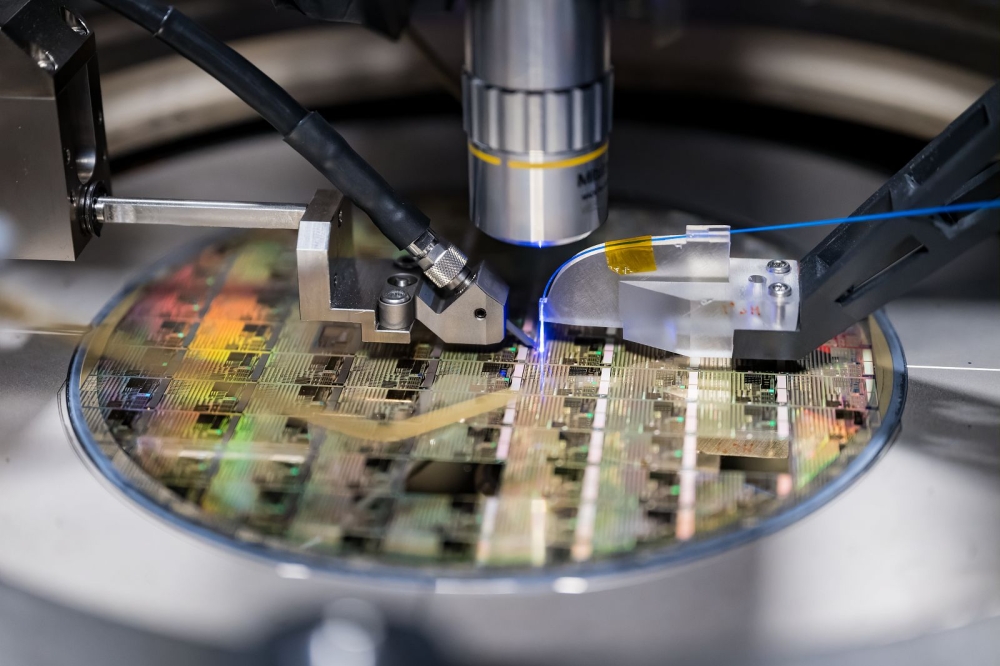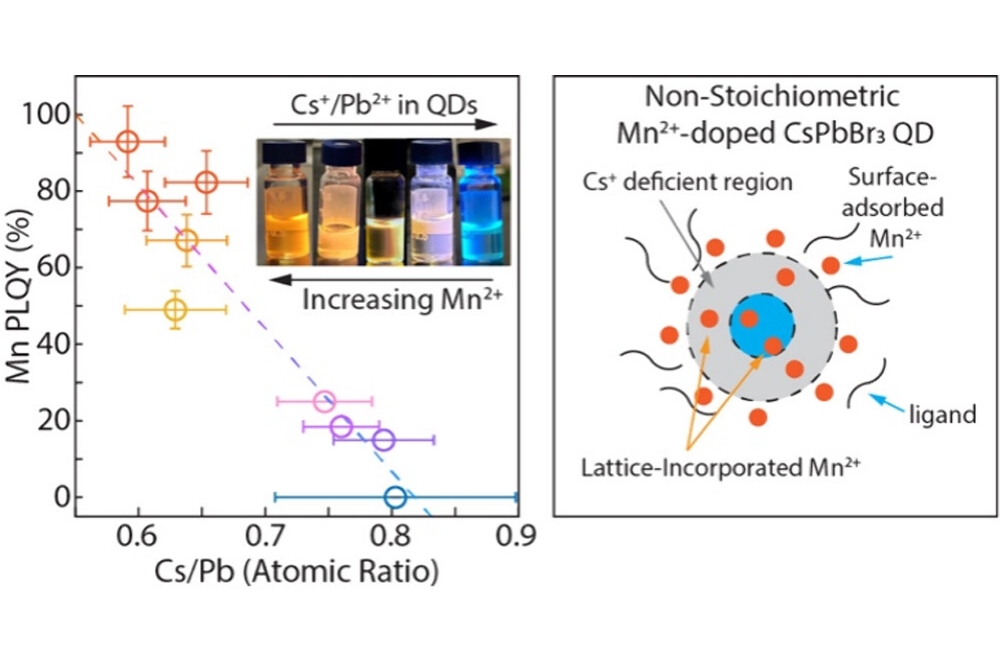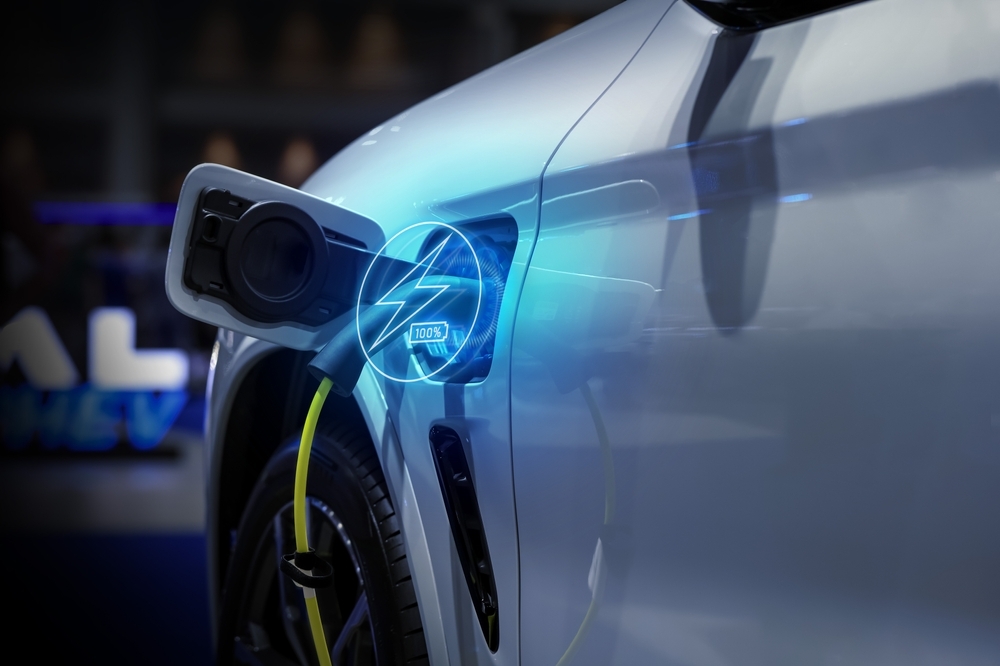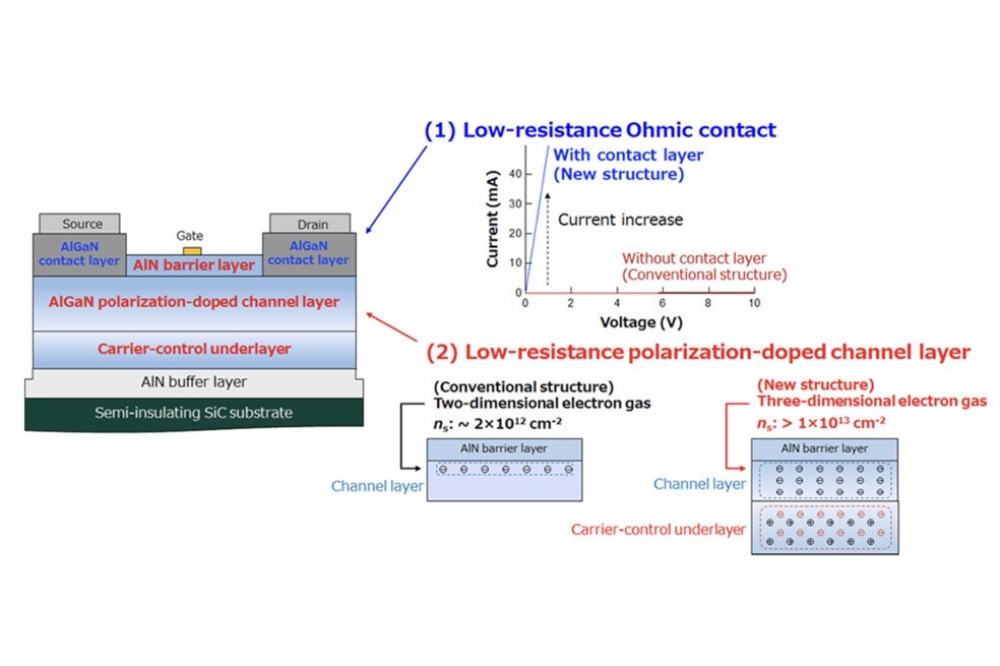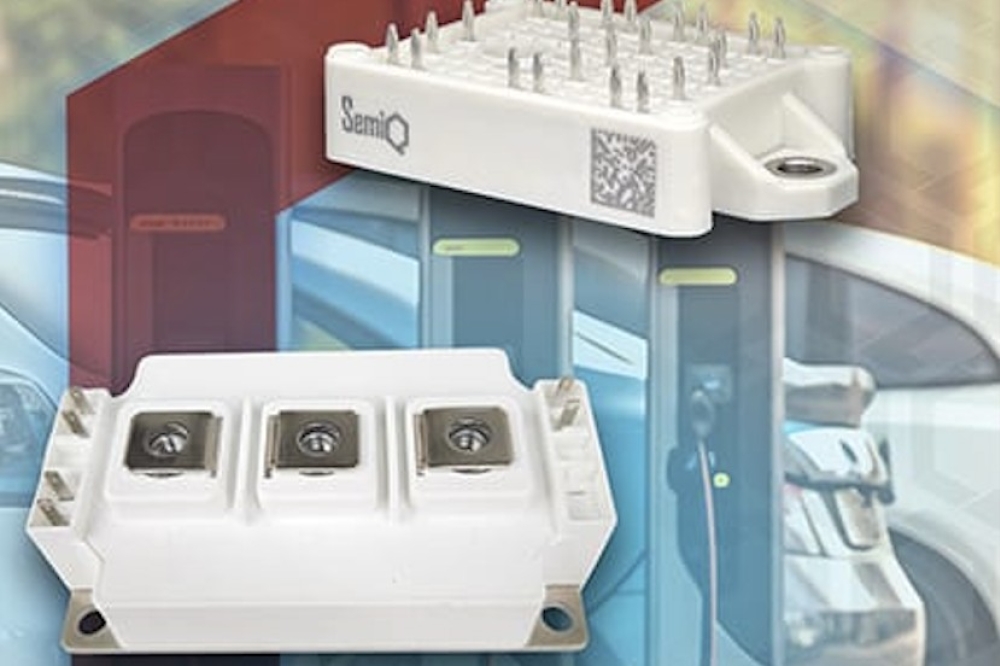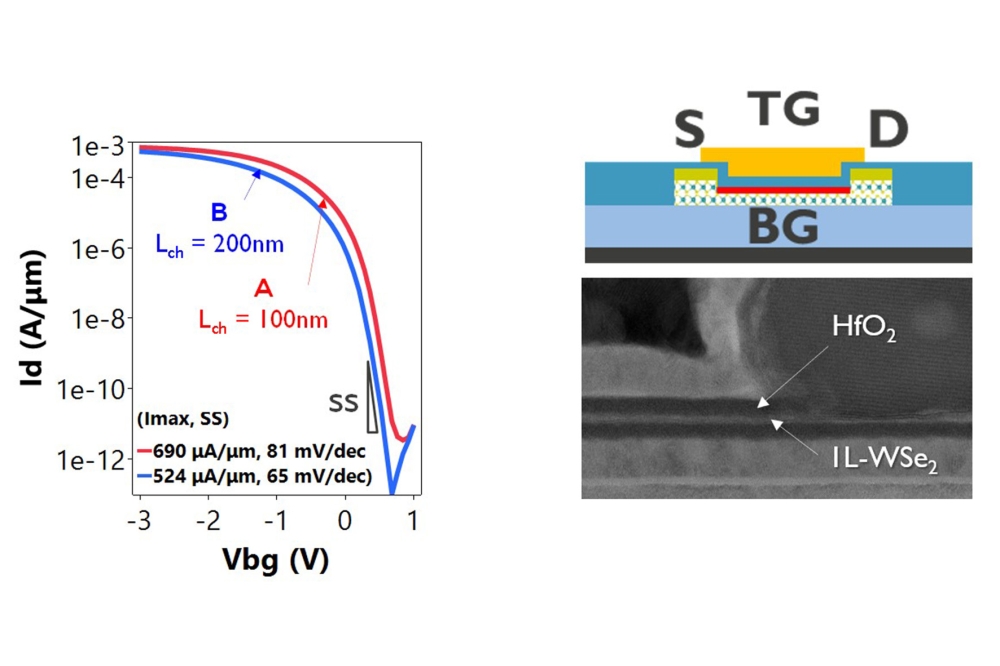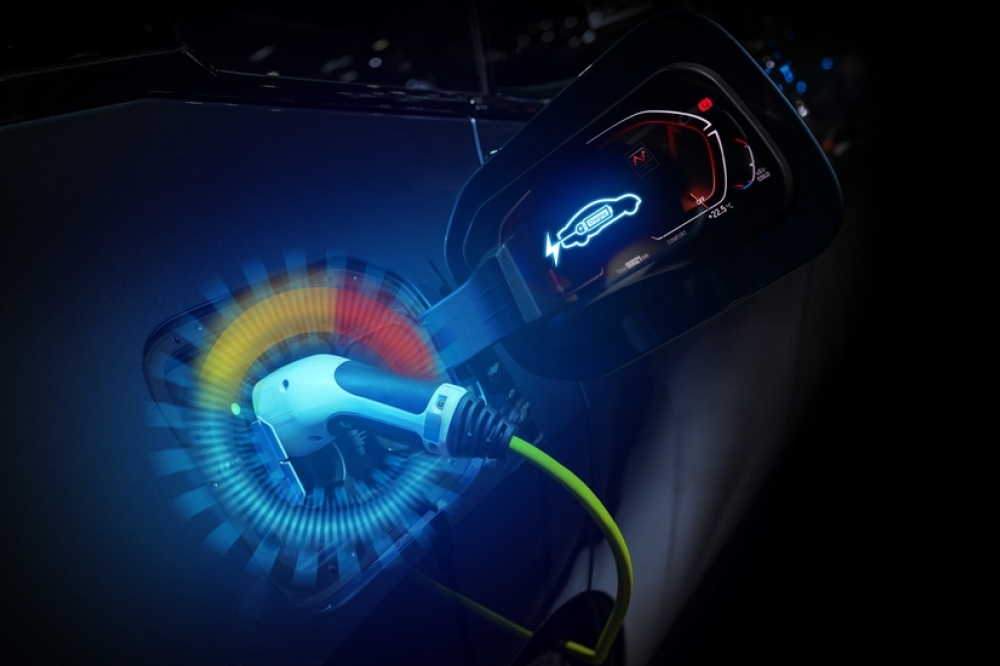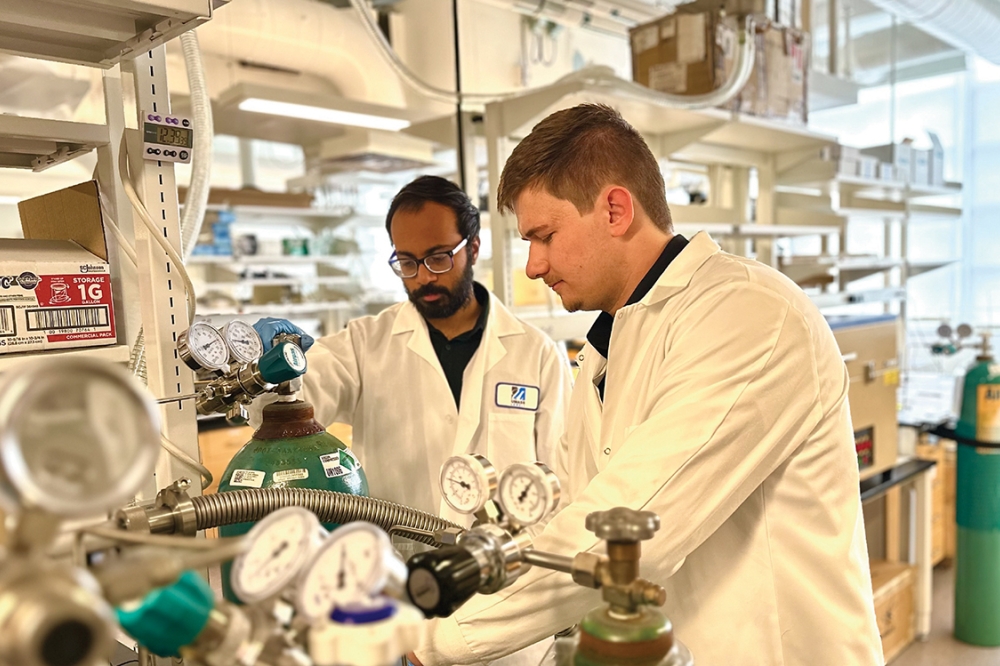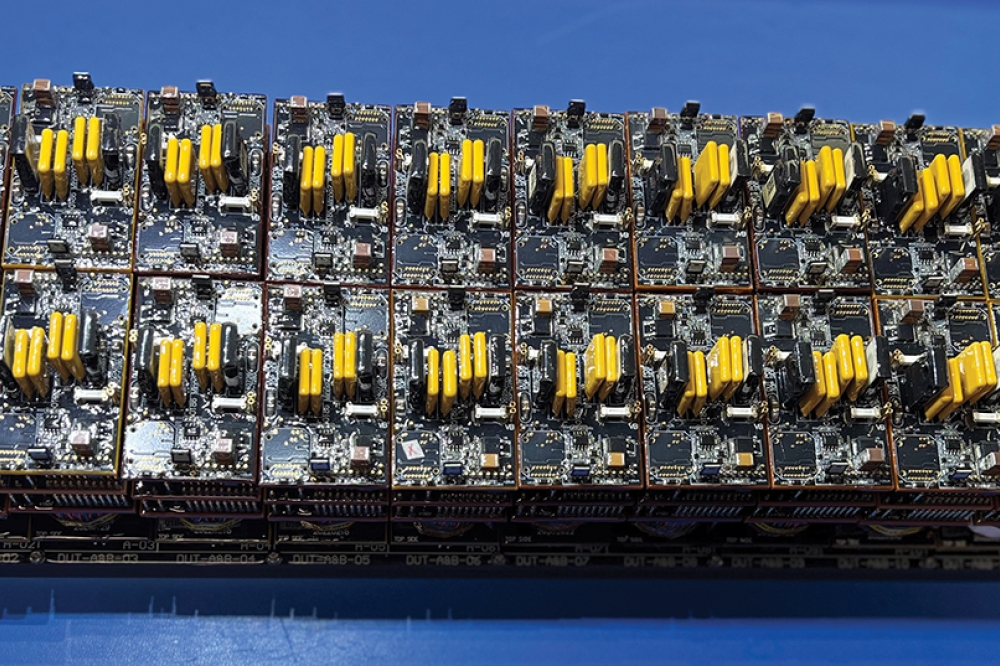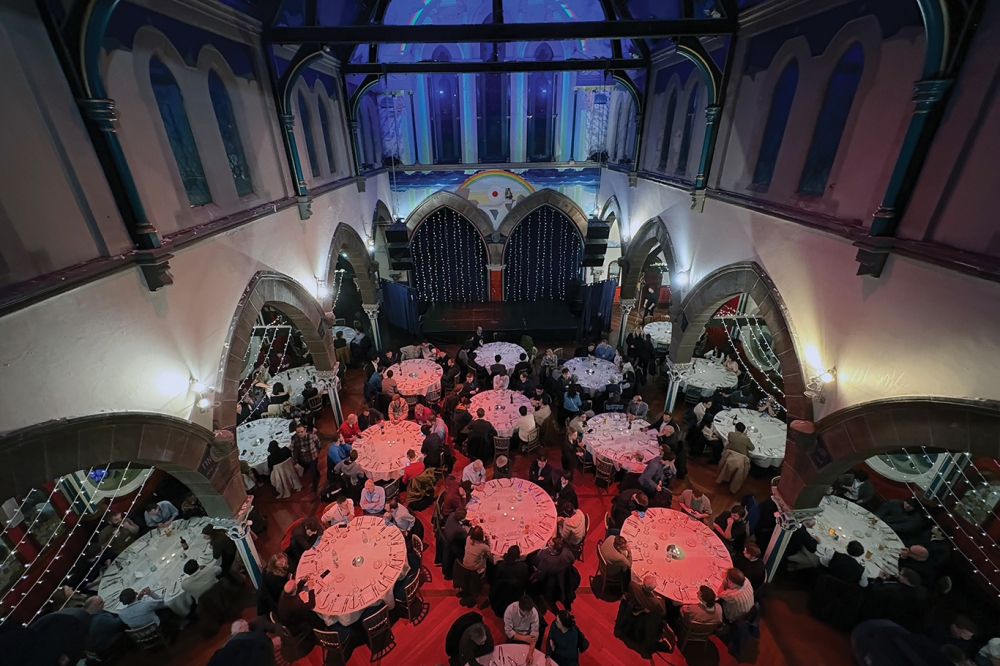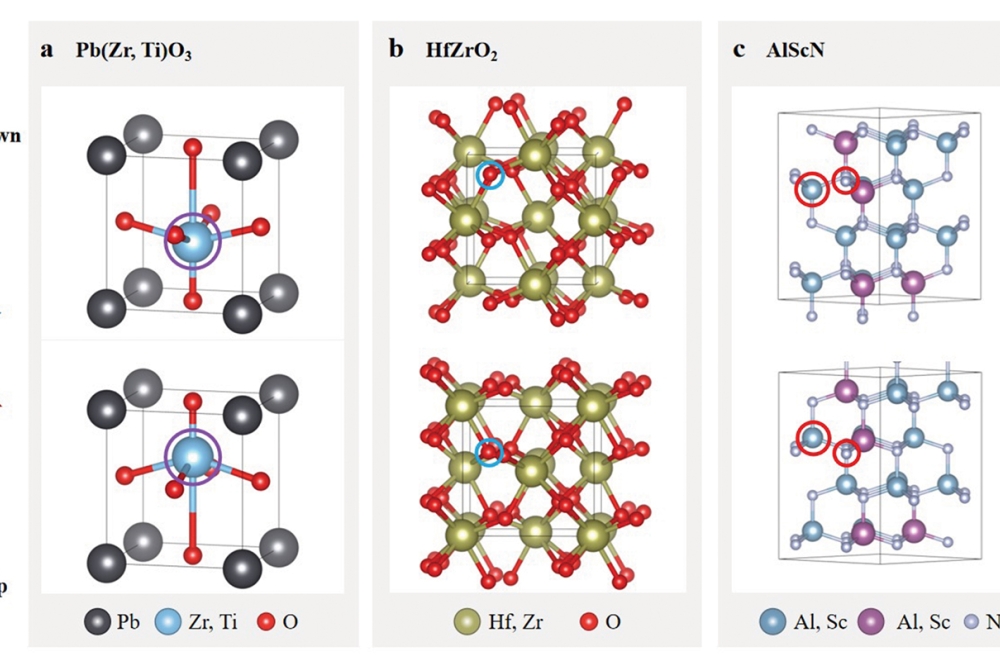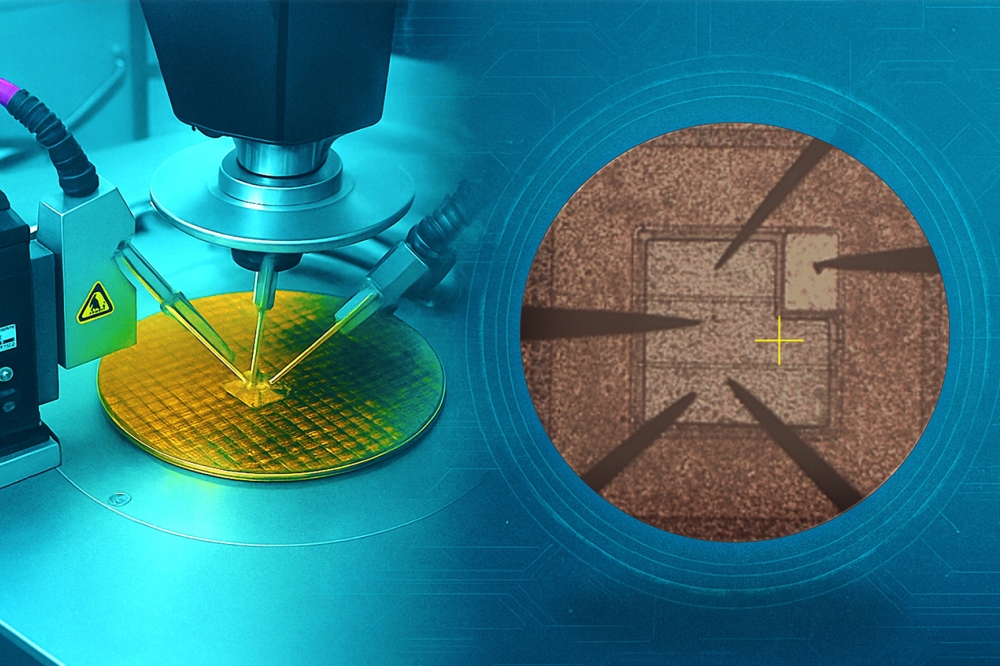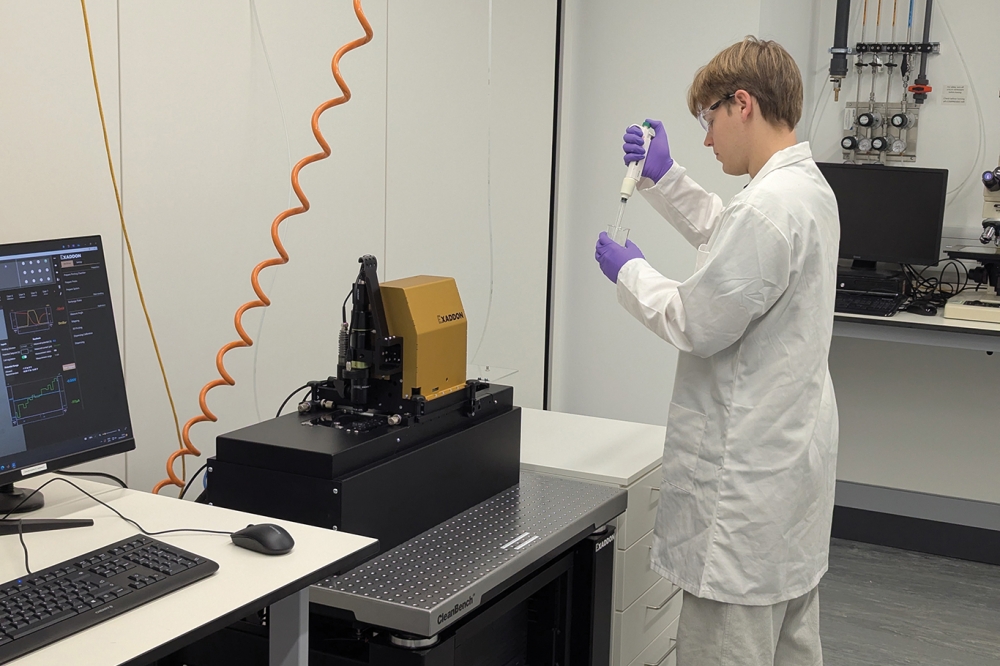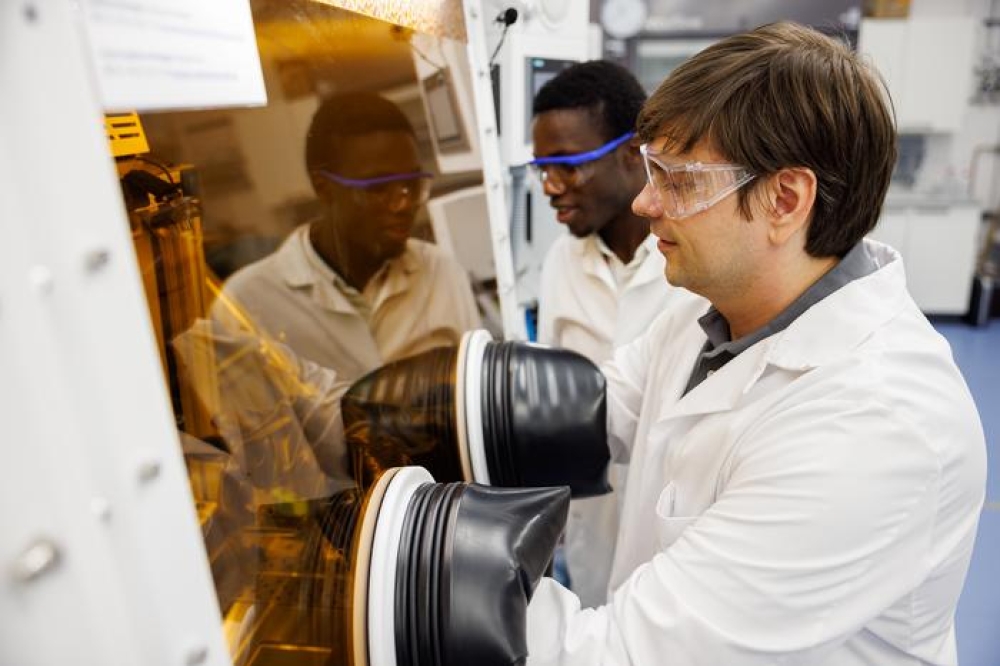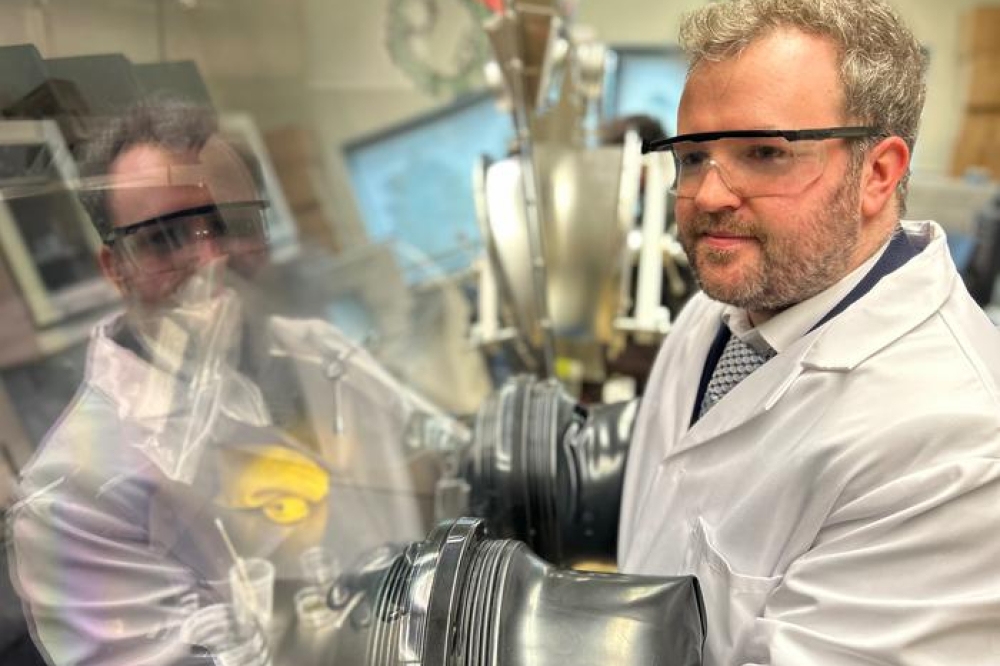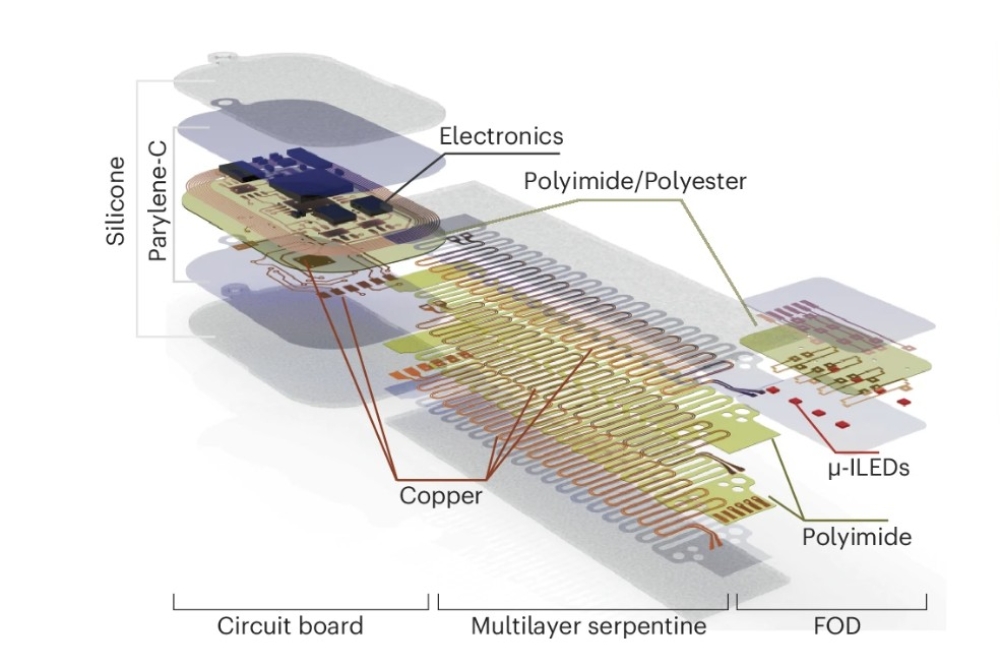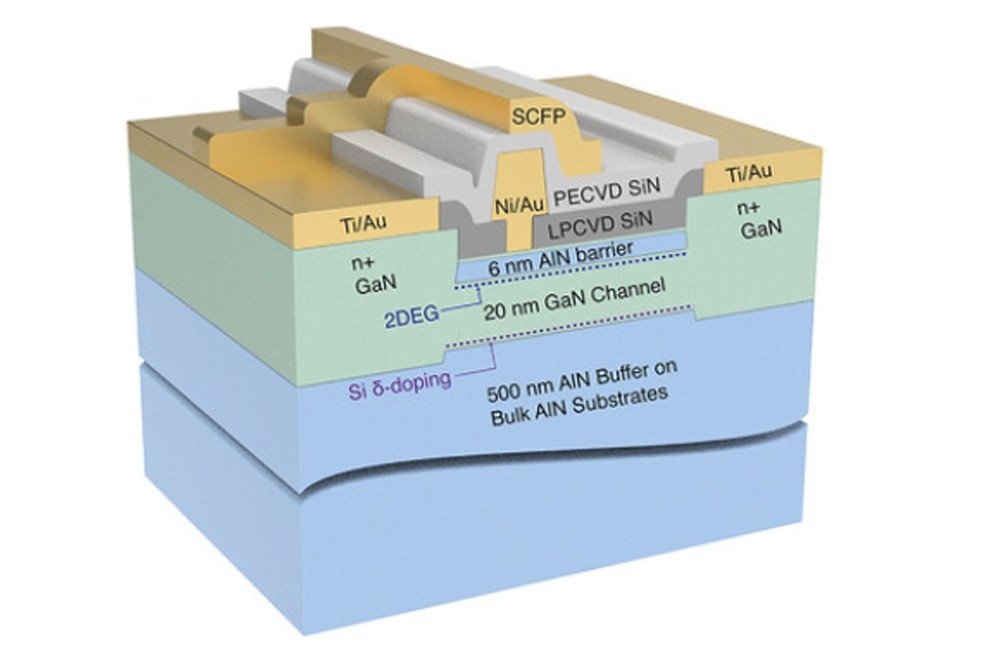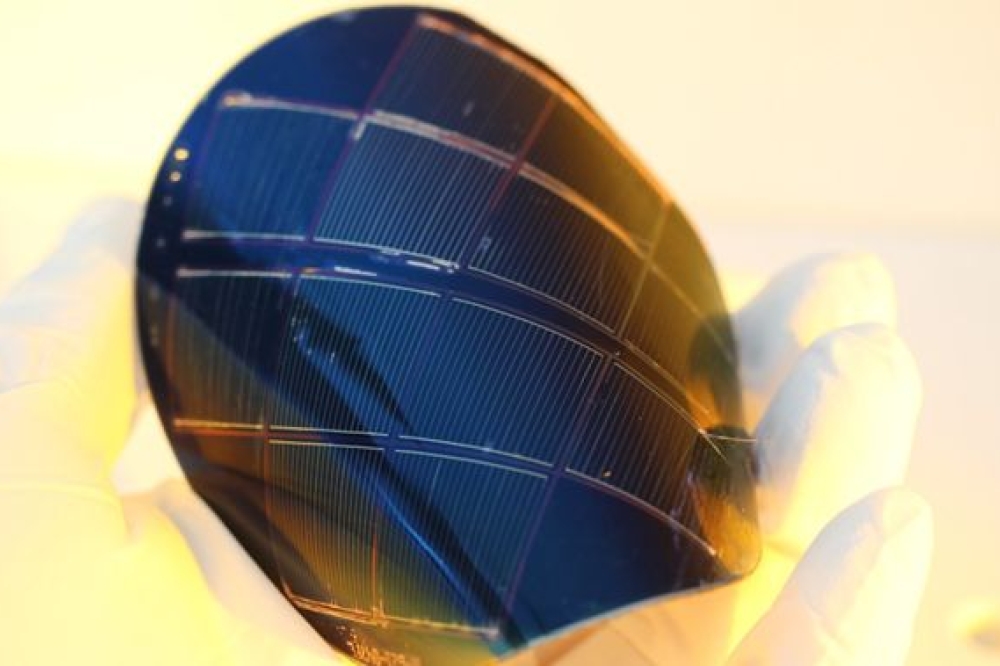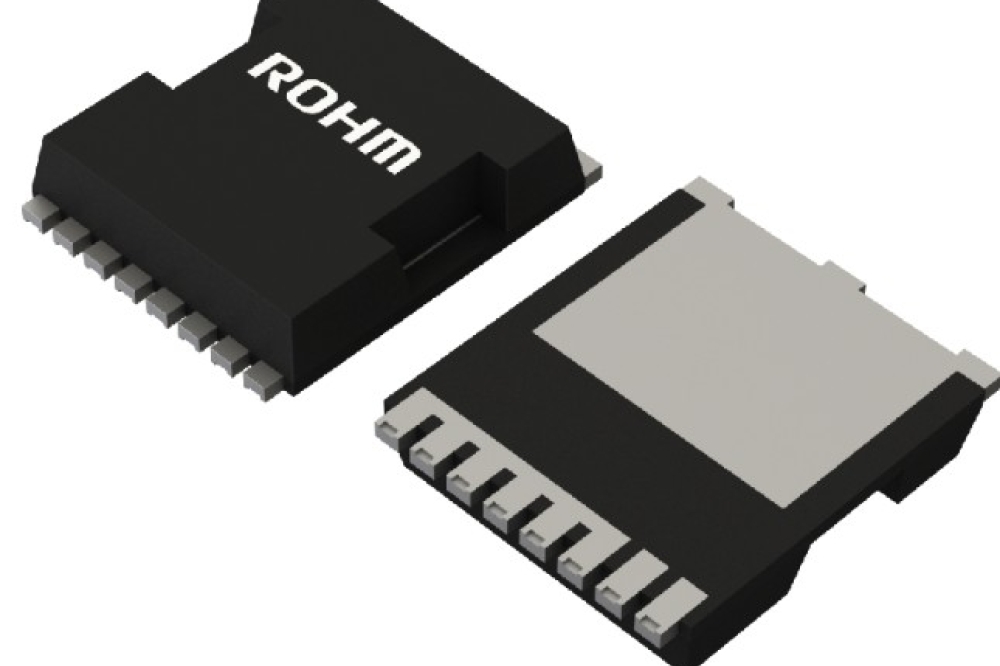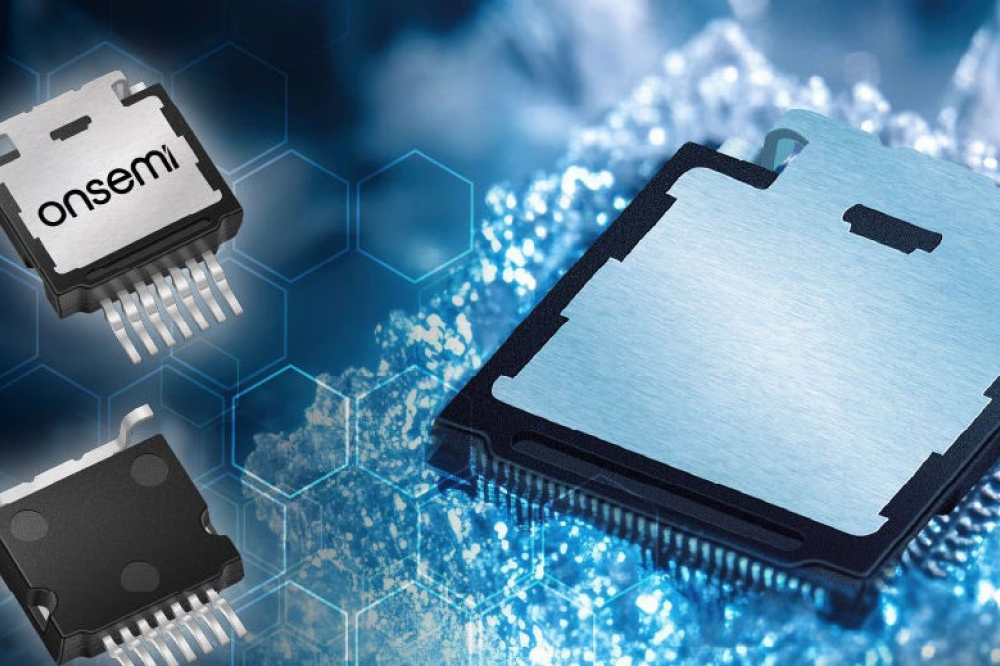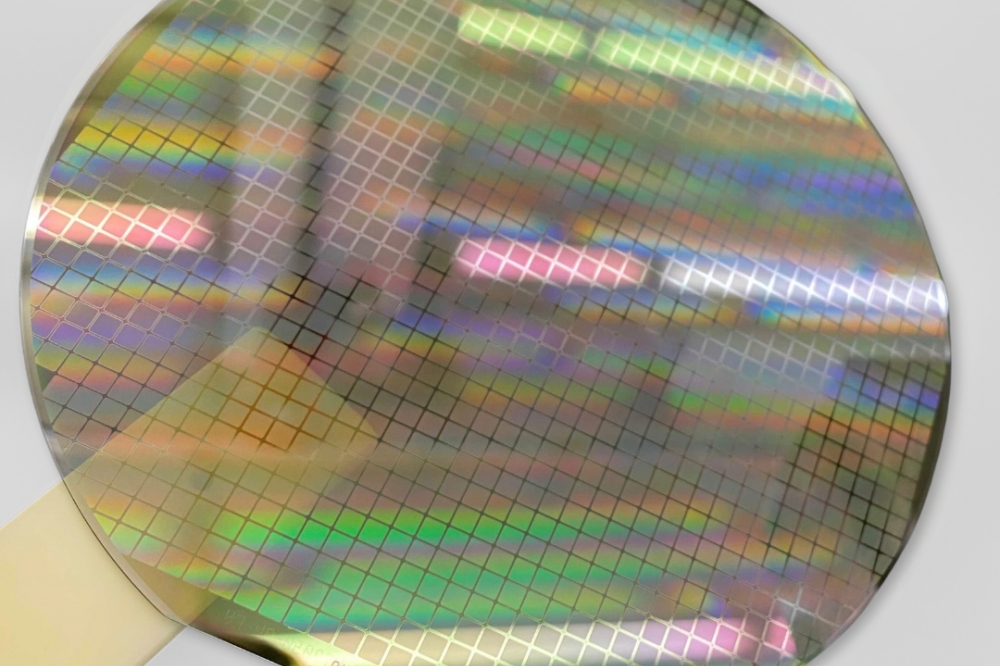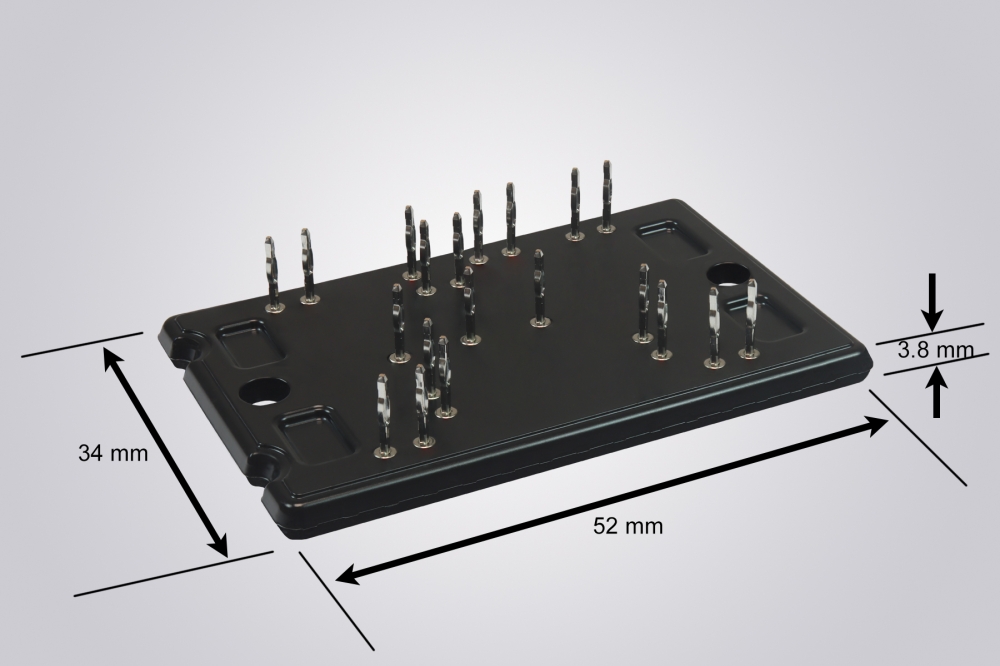HKUST team develops DUV microLED chips for lithography
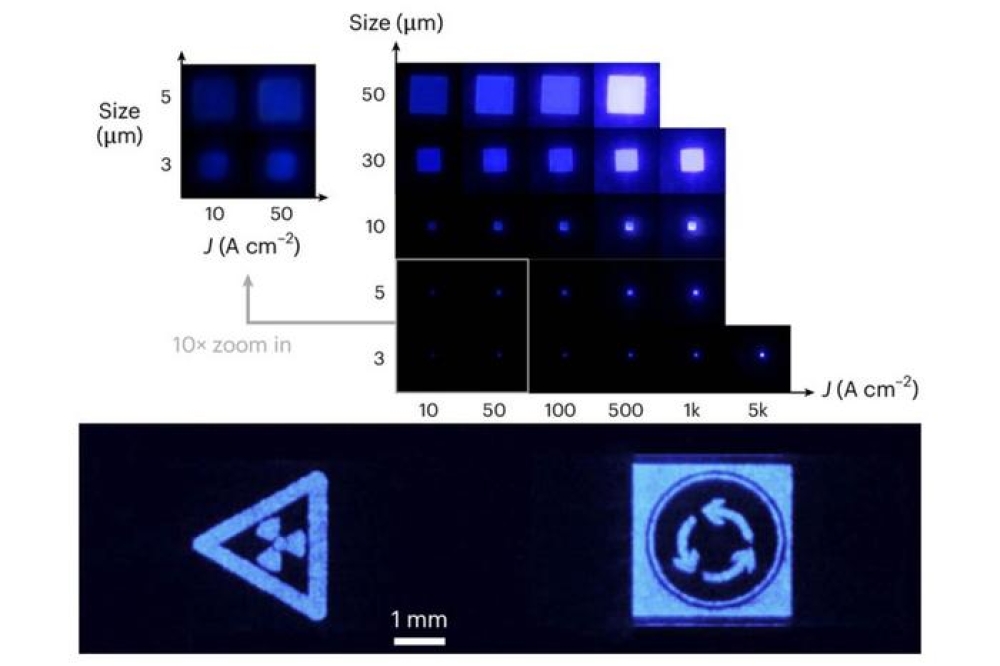
UVC microLED shows viability of cheaper maskless photolithography, enabling quicker exposure of photoresist films
A team from Hong Kong University of Science and Technology (HKUST) has developed a deep-ultraviolet (UVC) microLED display array for lithography machines.
The paper, 'High-Power AlGaN Deep-Ultraviolet Micro-Light-Emitting Diode Displays for Maskless Photolithography' was published in Nature Photonics.
The scientists say that the UVC microLED shows the viability of cheaper maskless photolithography through the provision of adequate light output power density, enabling quicker exposure of photoresist films.
The team has already built a maskless lithography prototype platform and used it to fabricate the first microLED device by using deep UV microLED with maskless exposure, improving optical extraction efficiency, heat distribution performance, and epitaxial stress relief during the production process.
Kwok Hoi-Sing, founding director of the State Key Laboratory of Advanced Displays and Optoelectronics Technologies at HKUST, led the research. He said:“The team achieved key breakthroughs for the first microLED device including high power, high light efficiency, high-resolution pattern display, improved screen performance and fast exposure ability. This deep-UV microLED display chip integrates the ultraviolet light source with the pattern on the mask. It provides sufficient irradiation dose for photoresist exposure in a short time, creating a new path for semiconductor manufacturing.”
He added “In recent years, the low-cost and high-precision maskless lithography technology of traditional lithography machines has become an R&D hotspot because of its ability to adjust the exposure pattern, provide more diverse customisation options, and save the cost of preparing lithography masks. Photoresist-sensitive short-wavelength microLED technology is therefore critical to the independent development of semiconductor equipment.”
Looking forward, the team plans to continue enhancing the performance of AlGaN deep ultraviolet microLEDs, improve the prototype, and develop 2k to 8k high-resolution deep ultraviolet microLED display screens.
The study was a collaboration with the Southern University of Science and Technology, and the Suzhou Institute of Nanotechnology of the Chinese Academy of Sciences.
Pictured above: Electroluminescence (EL) images demonstrating that devices of various sizes perform effectively at operational current densities, even for the smallest 3 μm device.


